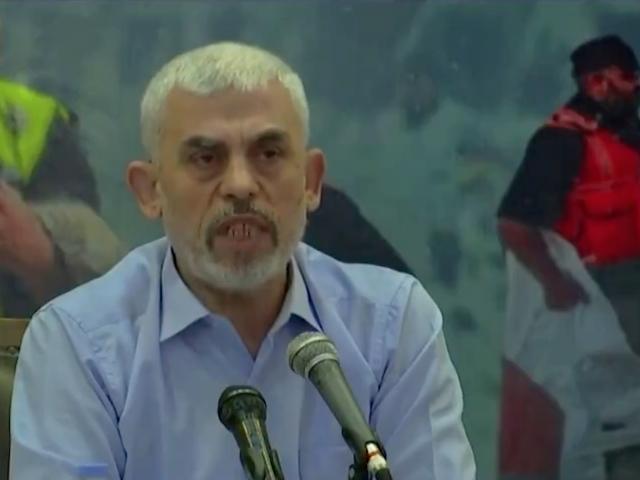In the months following Hamas' attack on Israel on October 7, 2023, the Israeli military continues to face challenges in achieving a decisive victory over the Islamist group. Despite this, there has been a noticeable reduction in Hamas' capabilities. Rocket attacks on Israeli cities have significantly decreased, and Hamas' activities are now largely confined to northern Gaza. Intelligence suggests that the main strength of Hamas is concentrated in the south, particularly in Khan Younis and Rafah.
Hamas, however, demonstrates its tenacity. Frequent footage of militants launching anti-tank projectiles at Israeli forces and the loss of twenty-one Israeli soldiers on January 23 are testaments to their ongoing resistance. A major point of concern remains Hamas' extensive network of tunnels, recently estimated to span 450 miles under Gaza. This network, more extensive than previously thought, highlights the complexity of Hamas' infrastructure and its ability to maintain operational capabilities, as evidenced by the continued detention of Israeli hostages.
While Hamas may not want a Ceasefire in Gaza, a mass demo in Khan Yunis, the stronghold of Yahya Sinwar and Mohammad Deif, in which the participants chanted, while waving a white flag:
— Kilkenny Friends of Israel 🇮🇱 (@KilkennyOf) January 25, 2024
"We want peace, we want peace"
Source AbuAliEnglish pic.twitter.com/uujLMfZREz
The worsening humanitarian situation in Gaza, with an impending famine, places additional pressure on the Israeli government. This could lead to a strategic shift in Israel's military objectives, potentially moving away from the initial goal of Hamas' total eradication.
Post-conflict planning in Gaza has largely centered on the complete dismantling of Hamas by the IDF. However, the likelihood of some Hamas military and governance structures surviving requires a reassessment of these plans. Israeli military strategy now points to sustained, though lower intensity, operations aimed at neutralizing significant militant threats, rather than the total elimination of Hamas members.
Released hostage says Oct 7 terror mastermind Sinwar ‘waved, he looked so happy’https://t.co/ILIA7GSJqB
— World Israel News (@worldisraelnews) January 25, 2024
This raises a critical issue for Israeli, American, Arab, and international policymakers: how to manage a devastated Gaza where Hamas, though weakened, maintains some level of control.
A proposed three-phase approach could offer a way forward. The first phase involves a negotiated settlement, possibly mediated by Qatar and Egypt, that includes a prisoner exchange, the initiation of a long-term ceasefire, and the start of political reforms in Gaza. An important element of this phase would be facilitating the departure of senior Hamas leaders from Gaza under international oversight, similar to the 1982 exit of Yasser Arafat and the PLO from Lebanon. This could lead to the demobilization of Hamas' military wing in Gaza, leaving its rank-and-file without leadership.
Yahya Sinwar, Hamas' leader and suspected architect of the October 7 attack, remains elusive. Israeli forces recently uncovered hostage holding facilities in Khan Younis, Sinwar's birthplace, indicating his possible proximity. Efforts to shield his communications with Hamas' political leaders in Doha from Israeli intelligence further demonstrate the group's operational sophistication.
pic.twitter.com/xBJAv4ovJk
— Cpt.Llama 🇦🇺 🇬🇧 🇮🇱 🇺🇦 🎗 (@CaptainLlama15) January 25, 2024
Reports indicate #Hamas toughens stance in hostage negotiations
Political analyst @MartinHimel details the leverage #Hamas Chief in the #GazaStrip, Yahya Sinwar has over Israel and the pressure the Israeli military is applying to cement any sort of…
Sinwar is believed to have directed the attack that resulted in significant casualties and kidnappings. Since then, the conflict has led to substantial Palestinian casualties and missing persons.
Israeli military strategy includes encircling Khan Younis, where Sinwar is thought to be hiding in a labyrinth of tunnels. There's also speculation that he might have fled to Egypt. Israel has proposed a deal for the safe exit of Hamas leaders in exchange for the release of all hostages, but negotiations are ongoing, and no agreement is imminent.
The search for Sinwar occurs alongside international talks involving the US, Qatar, and Egypt, seeking a resolution to the conflict. Hamas demands Israel's cessation of its offensive as a precondition for releasing hostages, a demand rejected by Israeli Prime Minister Benjamin Netanyahu.
NBC reports that Hamas leader Yahya Sinwar is hiding, along with other leaders of Hamas, in a tunnel network under Gaza. He moves through it continually, protected by hostages and low-level Hamas terrorists he will not hesitate to sacrifice to protect himself. pic.twitter.com/sIxpCQ5SLm
— Israel National News - Arutz Sheva (@ArutzSheva_En) January 25, 2024
Israeli leaders are unified in their stance that the campaign against Hamas must continue, with a focus on first securing the release of hostages before decisively defeating Hamas. This approach reflects a strategic balance between immediate humanitarian concerns and long-term security objectives.


